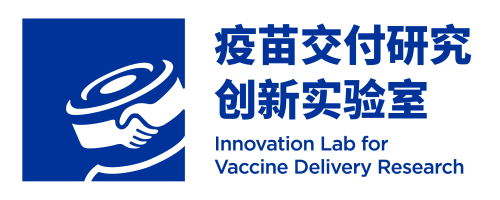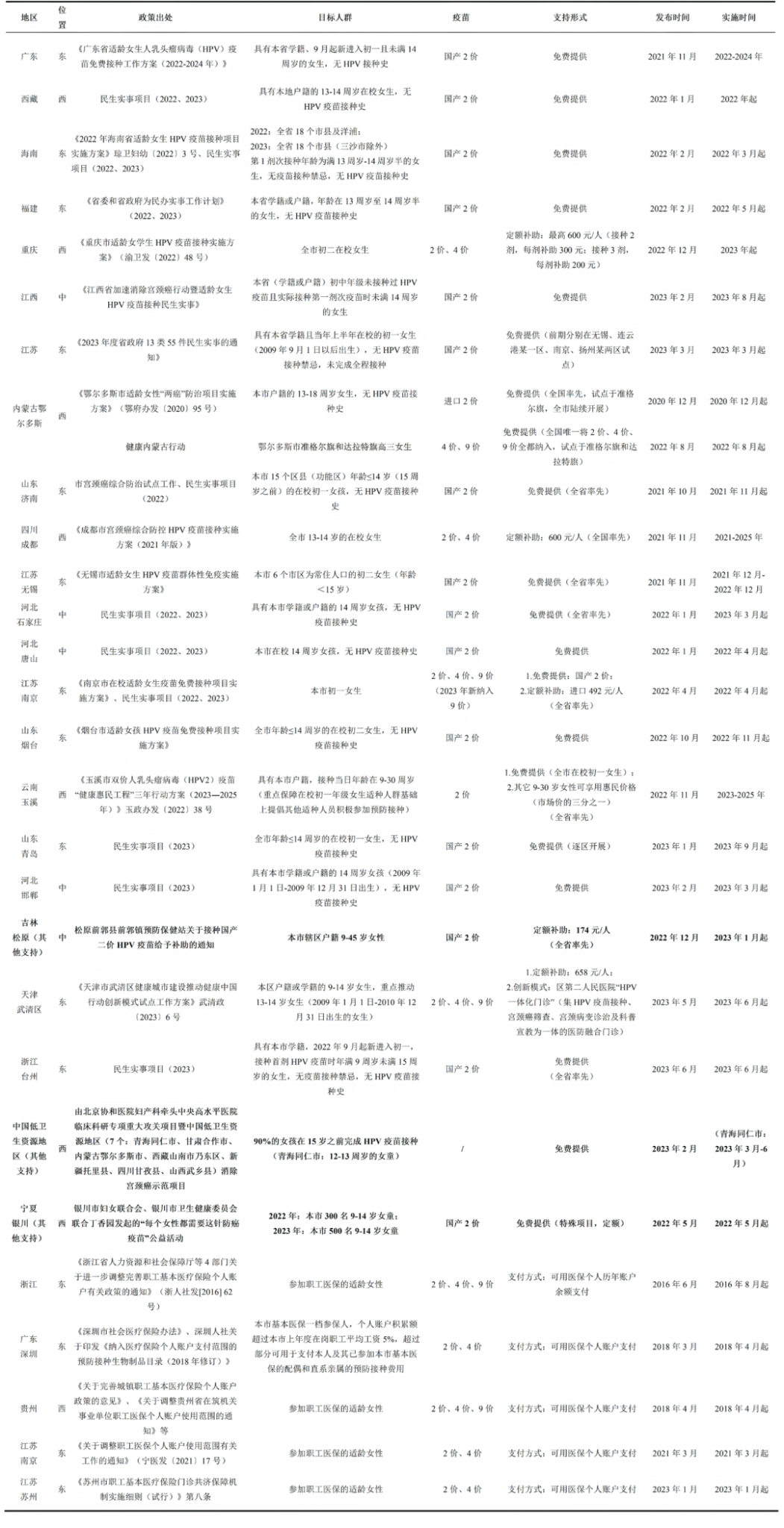Many middle-income countries outside the scope of Gavi support face significant challenges in introducing new vaccines. China is a notable example. Despite remarkable achievements in routine immunization, no new vaccines recommended by WHO—such as pneumococcal conjugate vaccine (PCV), human papillomavirus (HPV) vaccine, Haemophilus influenzae type b (Hib) vaccine, or rotavirus vaccine—have been included in China’s National Immunization Programme (NIP) since 2008, partly due to financing barriers.
A recent study by Zhang Xinyu, Chen Shu, Zhu Kun, and Shenglan Tang, published in BMJ Global Health (2025), provides a systematic analysis of NIP financing in China. Drawing on national public health expenditure data and stakeholder interviews, the study highlights key challenges and proposes actionable solutions to support vaccine introduction.
China’s Immunization Financing
China’s central government remains the primary funding source for routine immunization, with annual spending increasing from USD 311 million in 2013 to USD 745 million in 2021, before declining to USD 607 million in 2022, largely due to declining birth rates. Per capita investment per child under six years old rose from USD 2.85 in 2013 to USD 7.20 in 2021 but fell to USD 6.30 in 2022.
Compared to global averages and other middle-income countries, China’s per capita NIP investment remains low. For instance, global average routine immunization spending per live birth was USD 62 in 2017. China’s spending trails behind countries such as Brazil, Mexico, Thailand, South Africa, and the Philippines, both in absolute terms and as a share of total health expenditure.
Barriers to Sustainable Vaccine Introduction
The study identified three major barriers. First, China’s Medical Security Law prohibits health insurance funds from covering preventive services like vaccines, though COVID-19 provided a temporary exception. Second, the high prices of non-NIP vaccines—such as PCV13 priced at USD 68–100 per dose—far exceed international benchmarks. Third, the fragmented NIP decision-making process, limited stakeholder coordination, and insufficient technical guidance delay the inclusion of new vaccines.
Opportunities for Reform and Policy Recommendations
To support sustainable NIP expansion, the study proposes four policy actions: increasing government funding, revising legal frameworks to expand insurance coverage for vaccines, promoting domestic vaccine development to reduce costs, and enhancing procurement mechanisms to improve price negotiations. The study also recommends establishing multi-sector coordination and adopting WHO’s evidence-informed decision-making frameworks to ensure effective, equitable NIP expansion in China.
More can be found in this article:
Zhang X, Chen S, Zhu K, Tang S. Financing the introduction of new vaccines to the national immunisation programme in China: challenges and options for action. BMJ Global Health. 2025;10:e017970.
Content Editor: Ruitong Li
Page Editor: Ruitong Li





